Make the Most Out of the La Niña Year
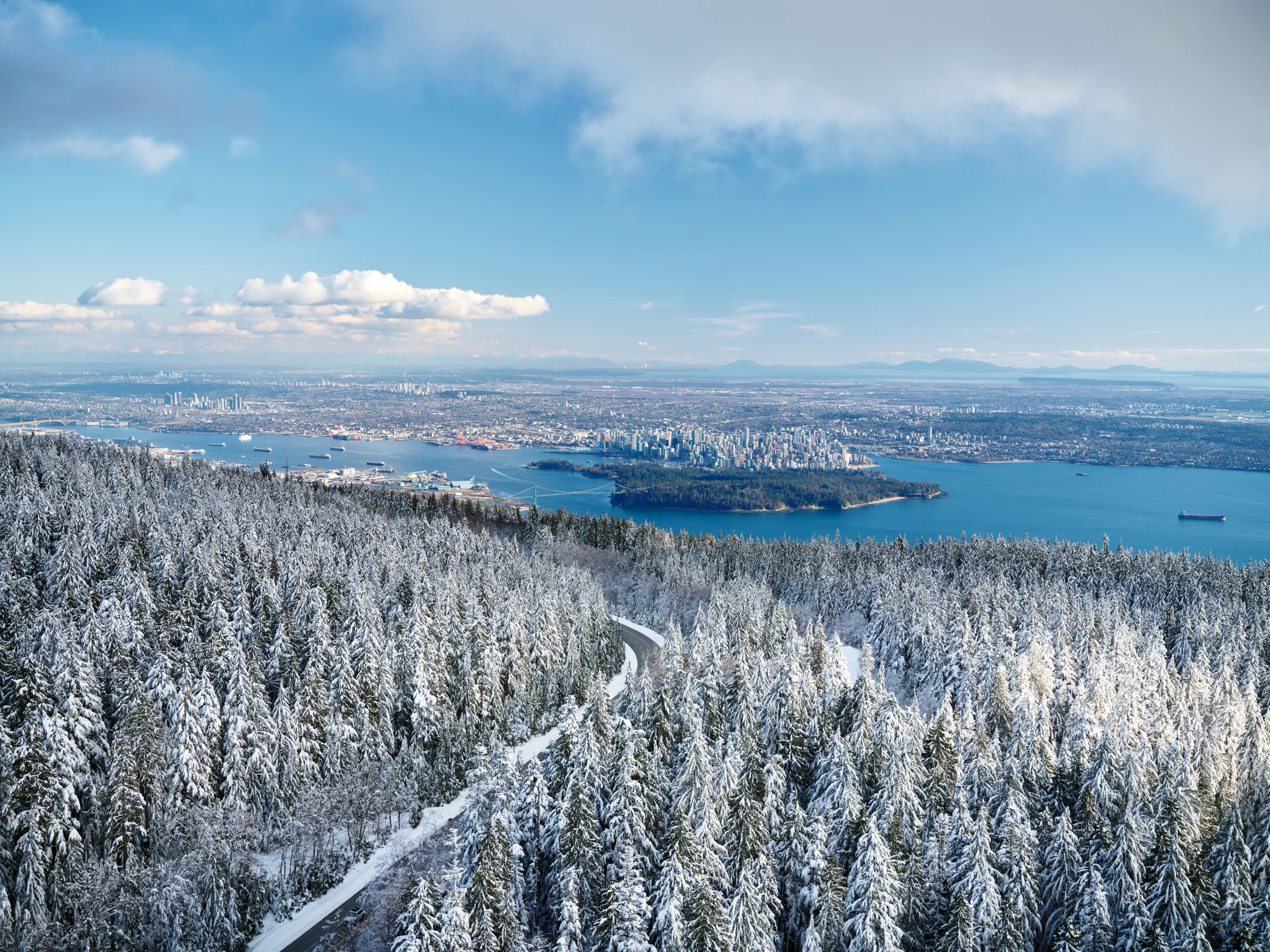
Embrace winter this year in Vancouver. A La Niña forecast means we could be in for more snow than usual - perfect for skiing, snowshoeing, sledding, and picturesque winter walks.
What does La Niña mean for Vancouver?
The La Niña climate pattern in the Pacific Ocean can affect weather patterns around the globe. During a La Niña event, the Pacific Ocean cools, pushing the jet stream northward. The result for Vancouver is often more low-elevation snowfall and below-average temperatures. It can also cause more precipitation overall, and on the North Shore mountains, that means snow and lots of it!
Skiing and Snowboarding
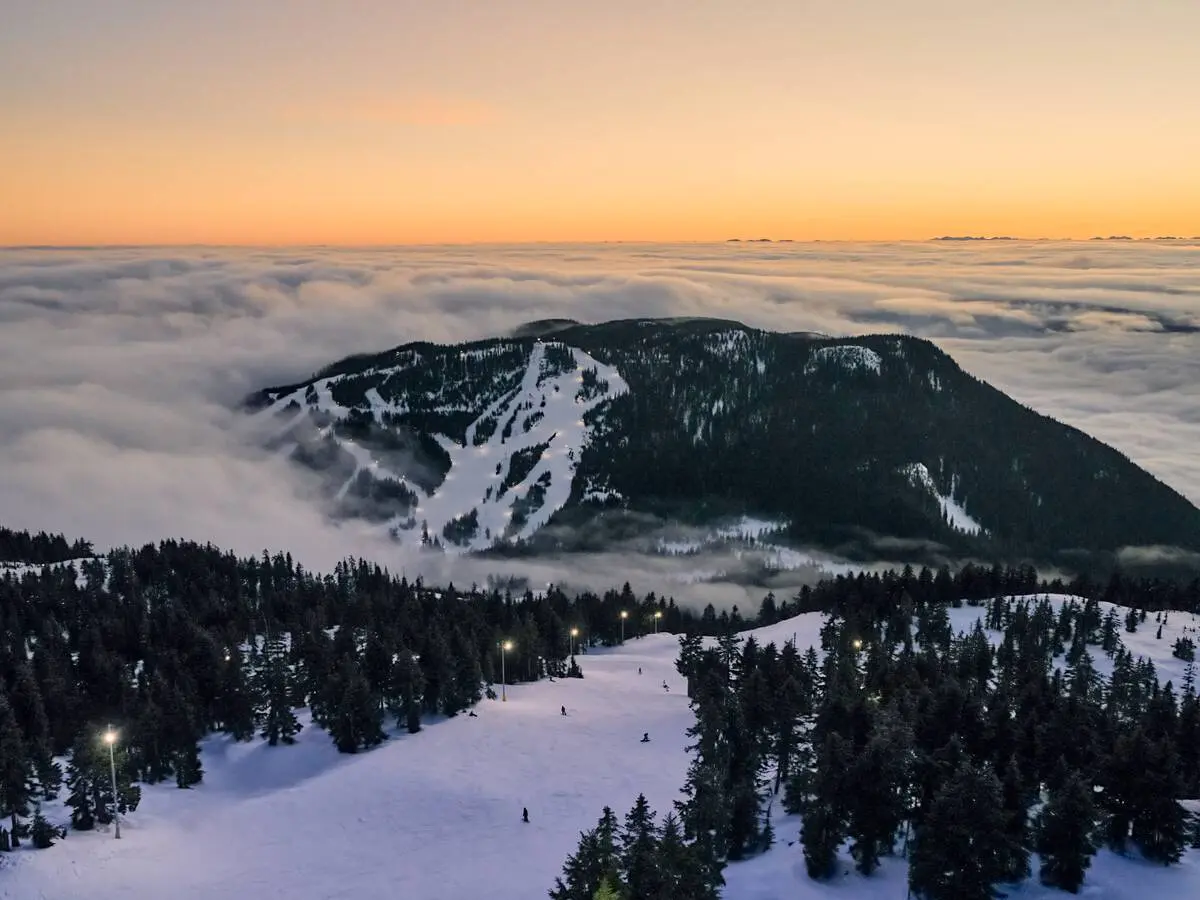
Vancouver is famous for its city skyline with a mountain backdrop. Three of those mountains are ski resorts. Grouse Mountain, Mount Seymour, and Cypress Mountain are all 30 to 40 minutes from downtown.
With increased La Niña snow, you might be able to squeeze a few more ski days out of the season. Typically the ski season runs from mid-December to late March. However this year, all three resorts opened in late November. And if we get lots of snow they may stay open for a few extra weeks in the spring. With the extra La Niña snow, more runs will likely be open later in the season too.
As well, all local ski hills have lit runs for night skiing. You can spend a full day in the city working or seeing the sights, then carve turns down the slopes under the lights while you admire the view of Vancouver below you.
Snowshoeing
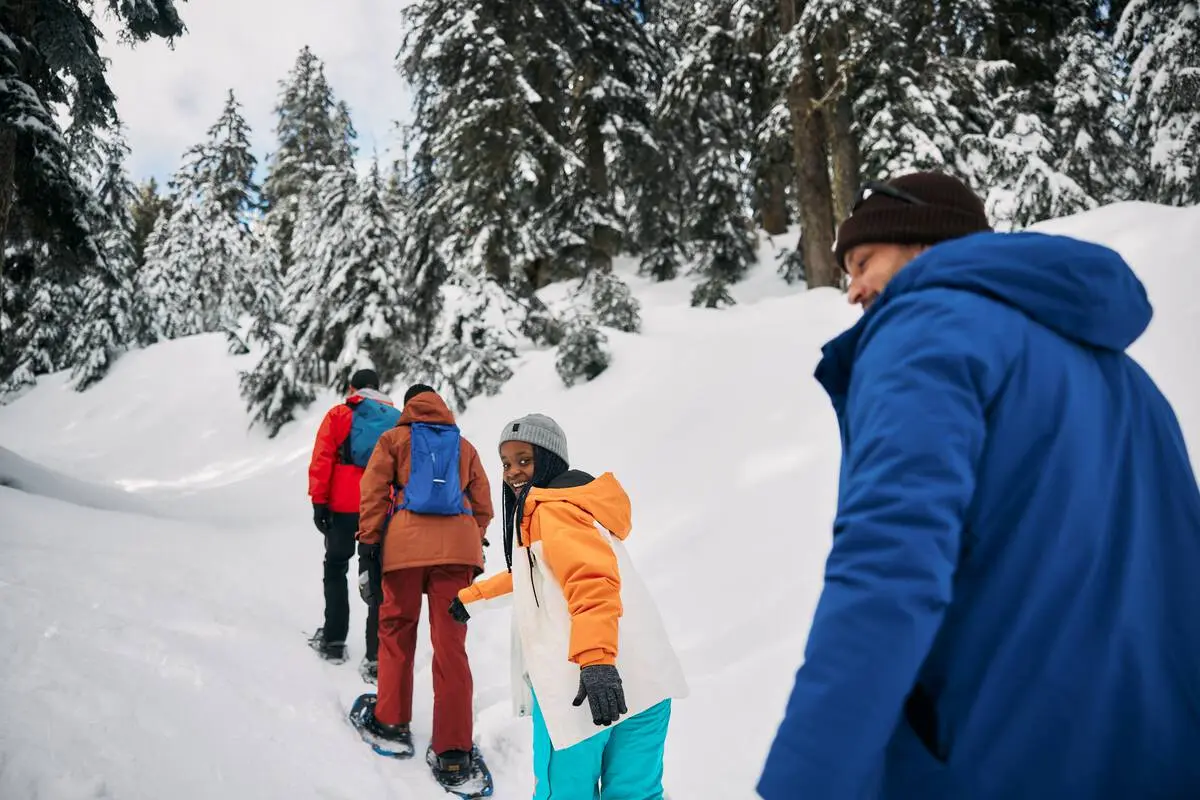
Vancouver's North Shore Mountains are also home to lots of snowshoeing trails at Grouse Mountain, Mount Seymour, Cypress Mountain, Mount Seymour Provincial Park, and Cypress Provincial Park. You can rent snowshoes at the ski hills or at shops in Vancouver like Yes Cycle or Sports Junkies.
Snowshoes work by distributing your weight so you don't sink into the soft snow. In a La Niña winter, Vancouver's mountains could get lots of fresh snow regularly. That means ideal snowshoeing conditions with lots of fluffy snow and less crusty snow that is harder to snowshoe in.
Sledding and Tubing
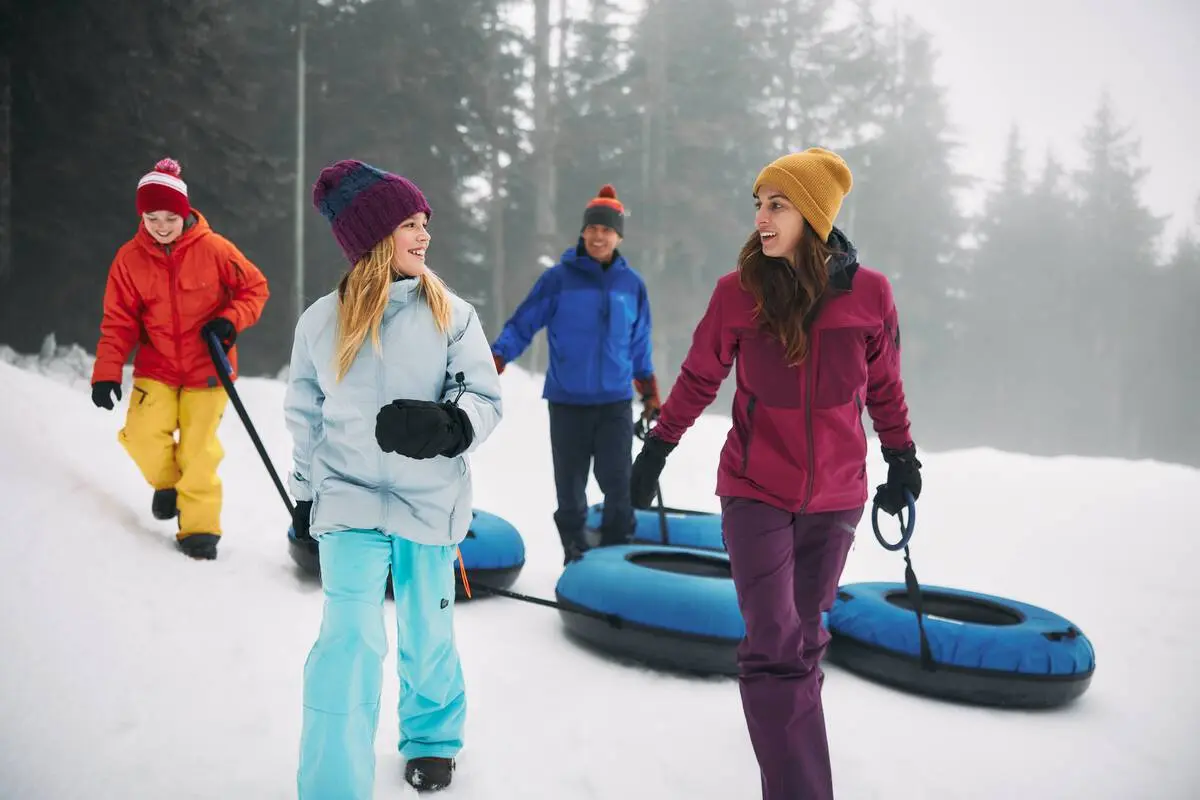
You can visit dedicated sledding and tubing parks at Mount Seymour, Cypress Mountain, and Grouse Mountain. Since they are up in the mountains, they have reliable snow for tubing each year. However, in a La Niña winter, the sledding and tubing season might extend into March and April.
As well, La Niña could bring more snow closer to sea level. That means that for a few days this winter it could be possible to go sledding in the city. There are a few parks with big hills in Vancouver that turn into makeshift sledding hills on snowy days. Grab a sled and then head to Queen Elizabeth Park or China Creek North Park to zoom down the snowy slopes.
Snowy Winter Walks
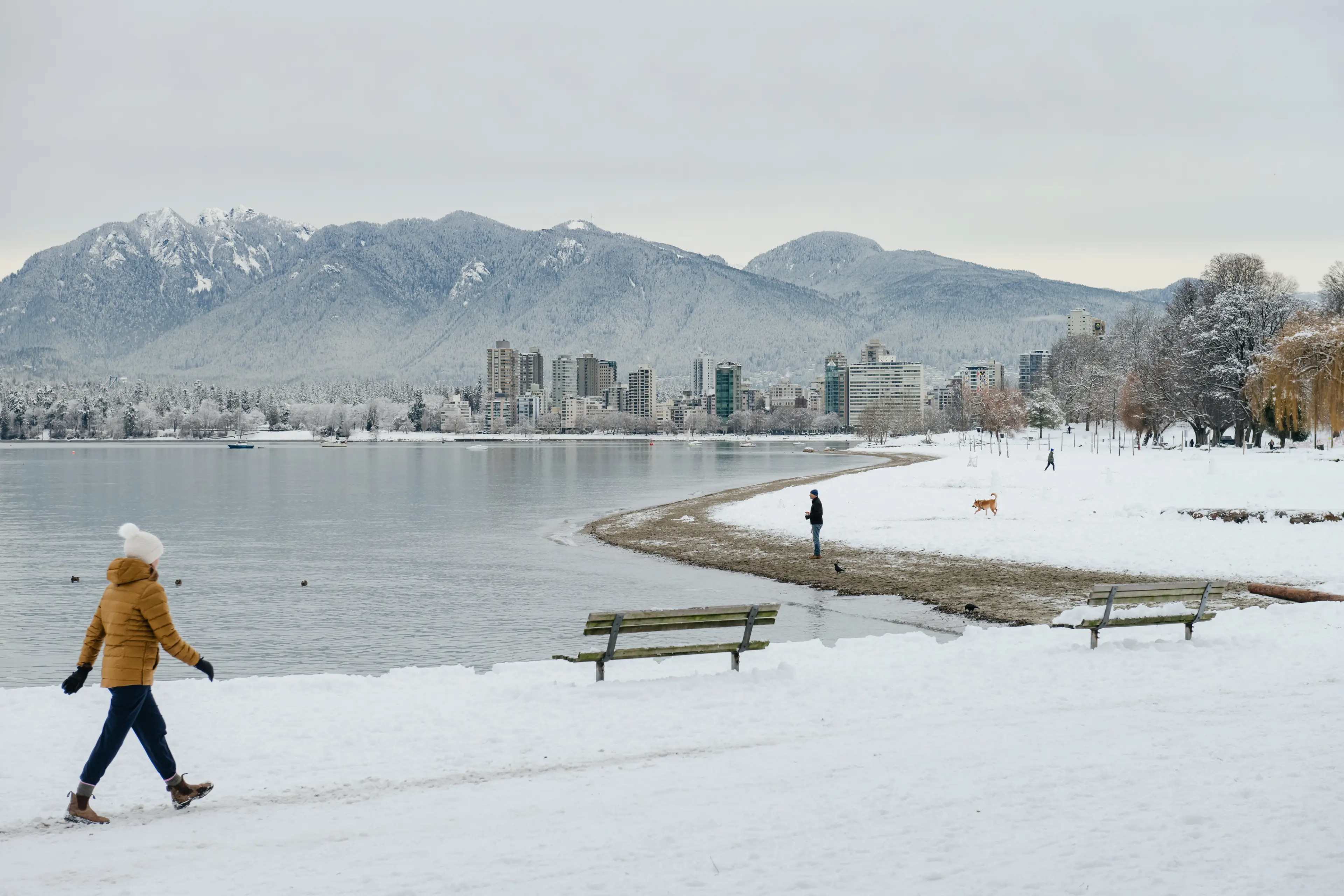
You don't need to ski, snowshoe or sled to enjoy the snow. A relaxing walk in the white stuff is what winter magic is made of.
Ride the gondola to the top of Grouse Mountain or the Sea to Sky Gondola to access easy snowy walking trails you can tackle with warm clothing and winter boots. Both spots have restaurants with incredible views of the snowy landscapes.
If you luck out, you might get to experience snow in the city. In a La Niña year, it's more likely that we will have snow at sea level. It rarely snows in Vancouver so it is a special treat to see familiar landmarks like the Stanley Park Seawall or Kitsilano Beach covered in snow. Take advantage of the snowy weather by going for a winter walk with a cup of hot chocolate.
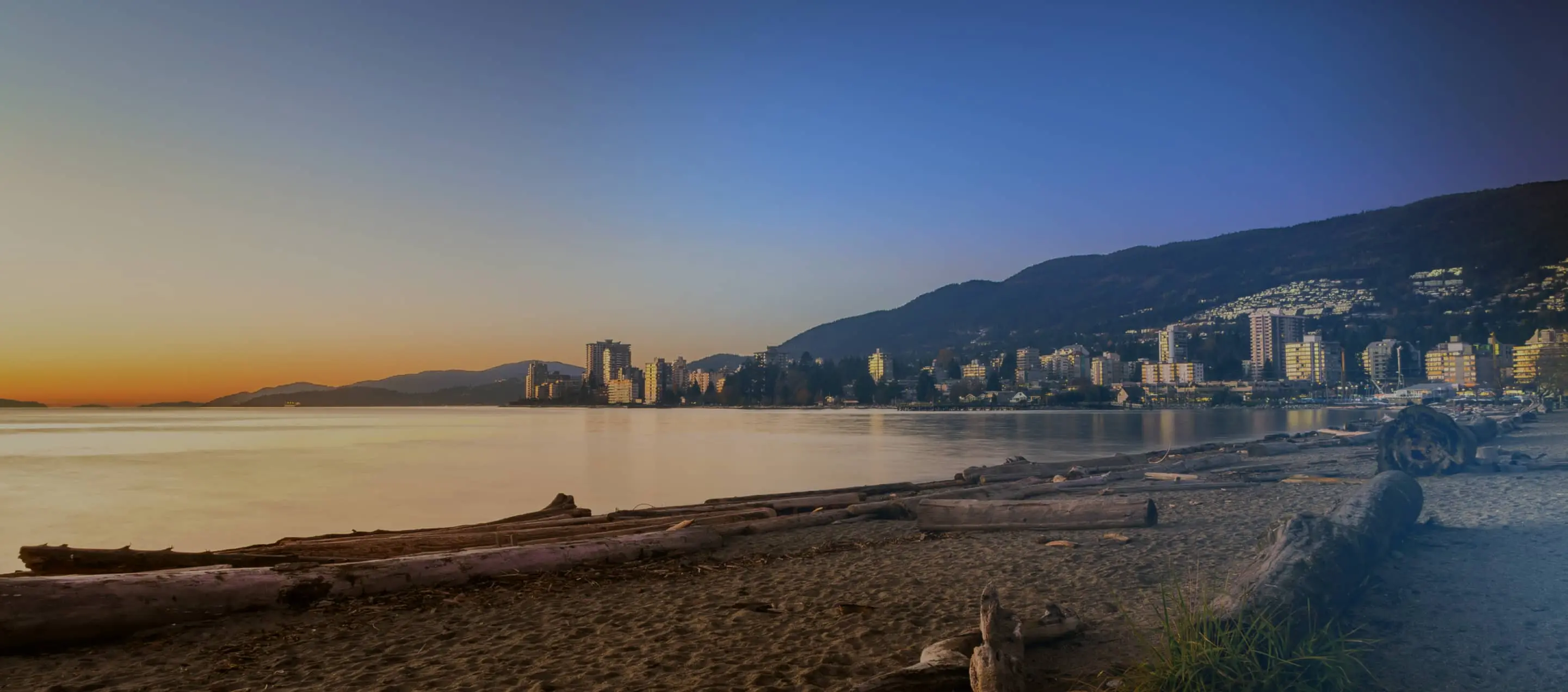
Into
scenic
spots?
Get
ideas.